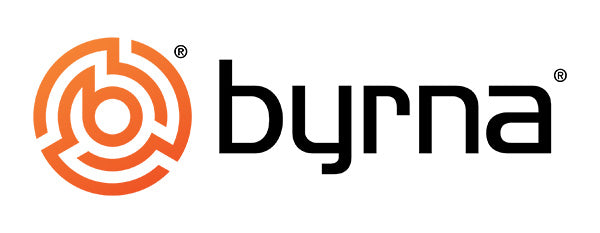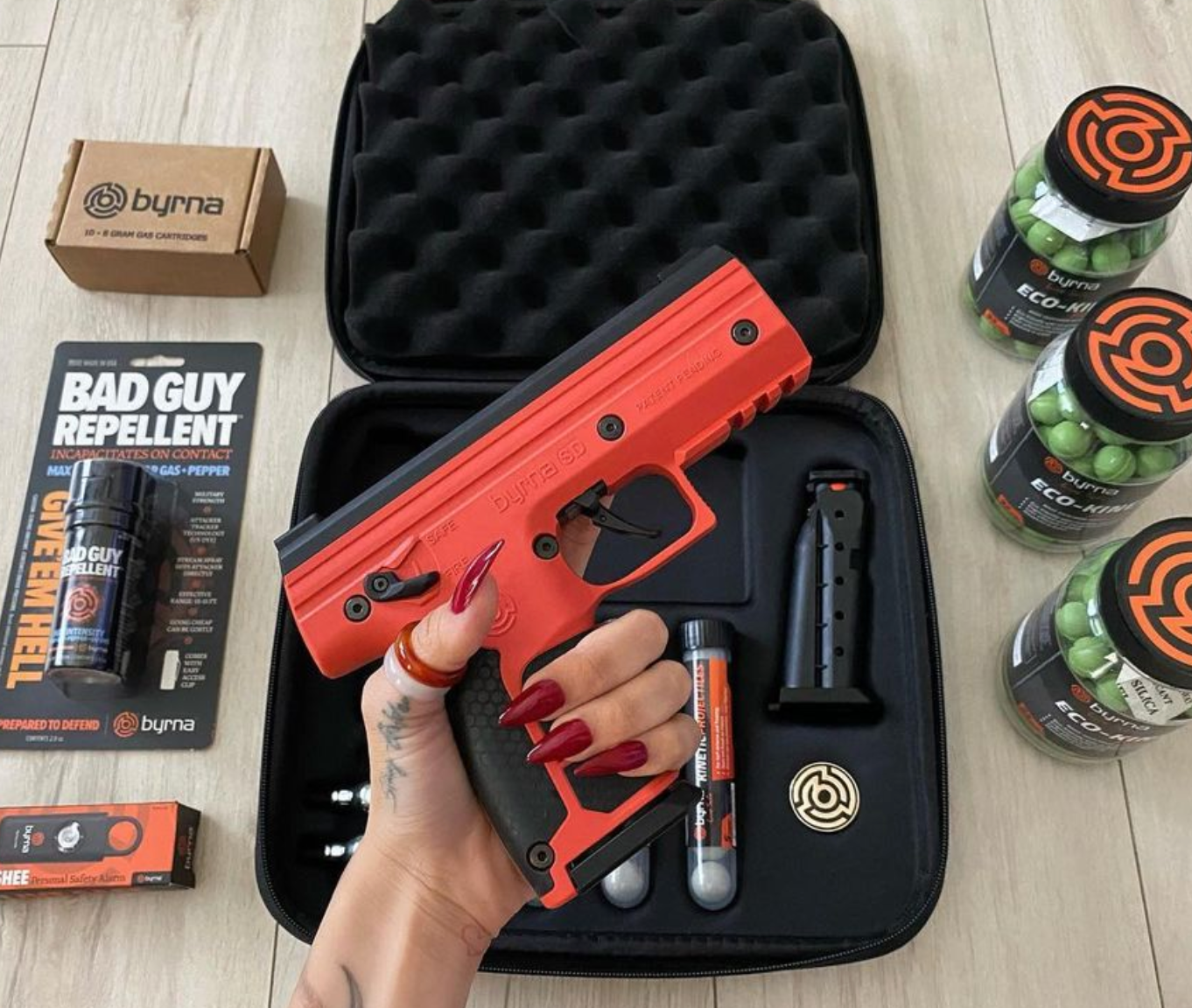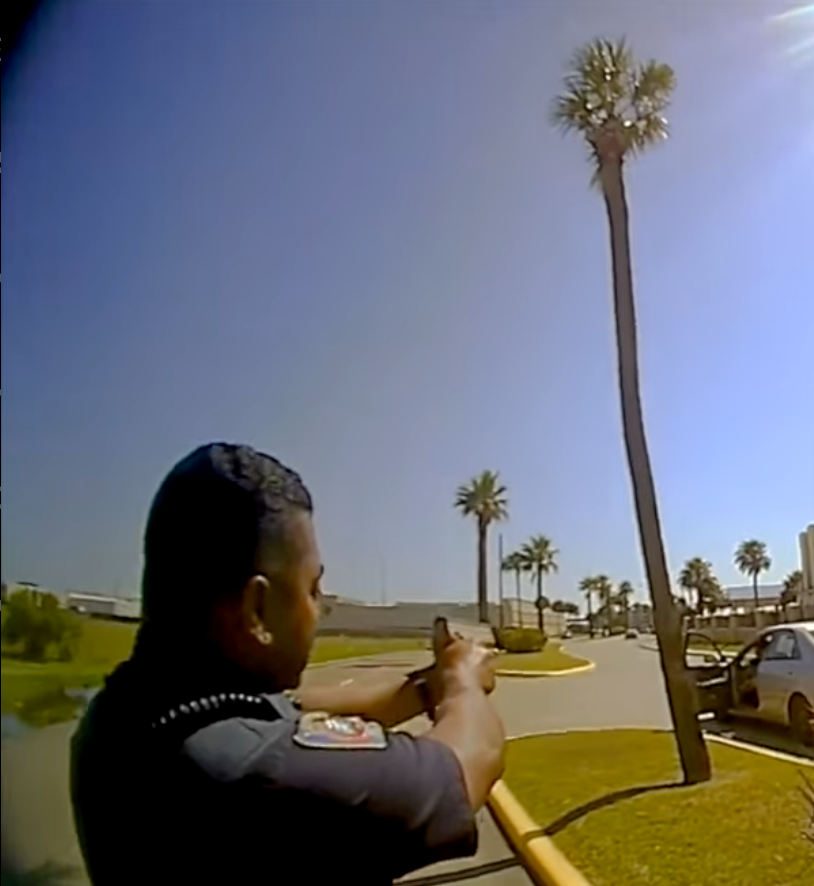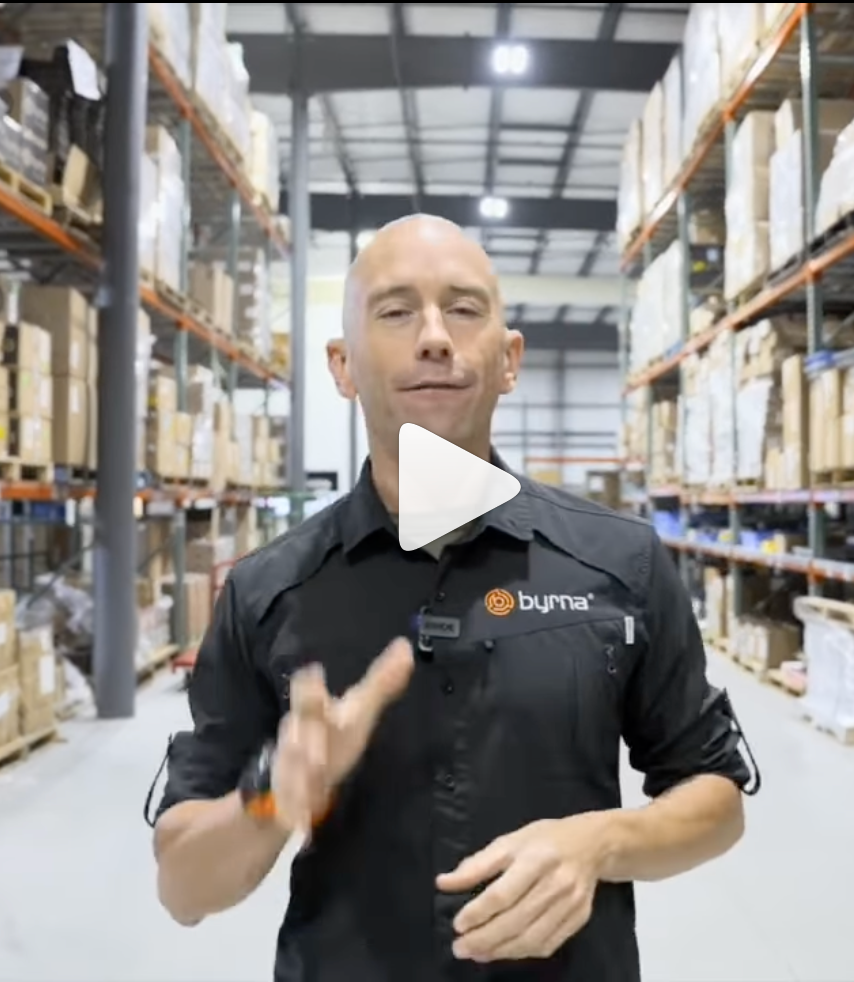
A safe room in your home is personal protection against unexpected emergencies. One afternoon, the river might overflow, or one night, the power grid might fail during extreme cold - these emergencies usually happen before news outlets even report them. I remember the strange quiet after power lines collapsed in Quebec and the sudden realization as heat started escaping through the walls. Those moments turn preparation from just an idea into something you genuinely need.
Your water supply forms the foundation of emergency readiness - four liters per person every day, stored somewhere flooding can't reach. The food on your shelves should last well past normal "best by" dates - think peanut butter, lentils, and energy bars. You should pack more than what official guides recommend because sharing with neighbors who appear at your door helps everyone manage stress better.
Wool blankets, chemical hand warmers, and a deck of cards can help calm worried minds when waiting out an emergency. An old-fashioned paper map is extremely useful if your phone navigation fails. Adding weather stripping and sealing gaps around your safe room helps trap needed heat inside, and a carbon-monoxide detector protects you from dangers posed by temporary heating options.
Preparing these elements during normal times means you're ready when disaster arrives. The next challenge - a blizzard, flood, or security threat - will meet a household already equipped to handle it!
Let's talk about the essentials and what you'll need to prepare for the unexpected.
Table of Contents
How Much Water Do You Need?
When the Ontario ice storms rolled through a few winters back, taps ran dry almost right when the lights went out. Families rationed every bottle, some knocking on neighbors' doors to barter for a single liter. Those scenes explain why Public Safety Canada's 72-hour water guideline exists - most emergency repairs finish within three days. But you still have to bridge that gap on your own, and preparation makes a difference when utilities fail.
The math matters for your emergency water planning. Four liters per person per day covers drinking, cooking, and the bare minimum of hygiene. Multiply that by everyone under your roof and by the number of days you want to ride out comfortably. A three-day reserve for a family of three lands at 36 L, which may seem like a lot when you first see it. Maybe consider your normal water use. Say you notice the regular actions - rinsing vegetables, brushing teeth, topping up the kettle - you'll see how fast a tapless home burns through a jug of water. Lots of households find they need even more.
Your stored water is only as safe as the container you pour it into. Stick with food-grade plastic or proper barrels, scrubbed and air-dried before filling them completely. Retired milk jugs and soda bottles seem thrifty, but their thinner plastics can leach flavors or split without warning when you least expect it. Tuck the filled containers in a dark corner, add a label with the date, and twist each lid until your wrist complains. A small leak now can turn into a puddle of regret in six months when you reach for that container during an emergency.

Six months work as a perfect timeframe for swapping out home-bottled supplies - the fresher your water stash, the less chance of taste changes or contamination. Factory-sealed commercial bottles stretch closer to a year in most storage conditions. A calendar reminder or masking tape on the bin will make rotation easy and help you keep fresh supplies without much thought.
Pets need their own water allocation in your emergency plan. A medium dog needs roughly 30 mL of water per kilogram of body weight each day - plus a buffer if heat or stress spikes their thirst. You should calculate those extra liters now instead of improvising later when resources might already be stretched thin.
If square footage is tight in your home, consider alternatives like foil pouches or purification tablets. Pouches slide into drawers and go-bags, while tablets rescue questionable water on the fly when other options run out. Just remember that neither substitutes completely for a jug when you need to wash dishes or douse a small fire. You can combine these options until the plan mirrors your specific household habits and needs, then sleep easier when the next outage arrives unexpectedly.
Checklist of Non-Perishable Foods
When the storm siren forces you underground, the only food you can count on is whatever is already within arm's reach. That's why the first principle of safe-room prep is to stock items that survive without power while giving you wholesome nutrition. Peanut butter, dried fruit, plain oatmeal, and canned beans all check that box. What actually matters is calorie density - how much energy each square inch of shelf can hold. A single jar of nut butter gives you a full day's energy in about the size of a small book. But a case of soda would take up the same room and leave your stomach growling.
You might want to take a tip from experienced campers and check out the backpacking aisle for freeze-dried entrées. These meals weigh almost nothing, can withstand extreme temperatures, and come back to life with just hot water from a thermos. In the past, the flavor was lacking. But modern versions use the same seasoning techniques as restaurants, so you won't feel like you're eating cardboard anymore.

Having dietary restrictions means you need to plan another layer of preparation. The nice news is you'll see gluten-free crackers, vegan jerky, and low-sodium broths in shelf-stable versions now. It's important to stock up during normal times - you definitely don't want to find out during an ice storm that you can't eat anything in your emergency supply.
The best emergency food collection is useless if it expires before you need it. You can learn from those Quebec families who made it through the 2023 blackouts with no problem - they labeled, dated, and rotated their supplies regularly. When you use tonight's dinner as a chance to replace tomorrow's emergency food, it helps keep your safe-room options fresh without wasting money. Just remember to give your entire collection the right storage conditions - cool, dry areas away from sunlight - and it'll be ready whenever there's a power outage.
Which Health Or Hygiene Supplies Should You Pack?
When the door seals and the outside world fades, health turns into the currency of time. Get a medical kit that does more than tick boxes. Pick up products that inspire confidence - those familiar St John Ambulance labels and burn dressings you hope you'll never need to use. Every piece in your kit should have a purpose and be stored somewhere you can reach even without light.
Your prescription medications deserve top priority in your emergency supplies. Take time to print out everyone's medication schedule and tape it inside your cabinet with a pencil nearby for checking items off. This feels unnecessary now. But remember that stress can make your memory fuzzy - sometimes even more than being sick does. Having a system matters when you're taking care of children or older family members in the same space.
Cleanliness is your next priority after medications. You'll learn that without running water, toilet paper turns into one of your most valuable possessions. Sealable waste bags will maintain everyone's spirits better than any motivational speech could. For hand cleaning, soap is more effective than sanitizer when you have water available. You should have both options ready and use whichever makes more sense at the time.

Personal comfort items feel optional until you actually need them. Make sure to pack toothbrushes, toothpaste, deodorant, and menstrual products. These habits do more than make you feel human - they help reduce infections and support your health during stressful situations.
Your pets are family members, too, so make sure to dedicate some storage space for their needs. Pack their food, medicine, and a familiar blanket that can help calm them when emergency sirens blare outside.
You should check all your supplies twice each year. Empty everything onto the floor and look through each item. Make sure to replace any expired medications, add more tape if needed, and put fresh batteries in your thermometer. Try setting a schedule - maybe on your birthday and then again six months later - so this becomes a habit. Remember that emergencies never announce themselves in advance, so you want your emergency supplies to be ready without excuses.
Power and Communication Devices
Communication is the lifeline of any safe room. You need to be sure you can hear activity outside its four walls. A compact, battery-powered emergency radio belongs at the top of the checklist - when the grid goes dark, it turns into your news feed, weather channel, and bulletin board in one. Hand-crank units earn their space too. Your batteries will eventually die. But a few turns of the crank bring those important voices back to you.
Hearing information is only half the equation - reaching others matters just as much. Manitoba blizzards knock out cell towers with consistency, so relying on a phone gives you hope instead of a reliable plan. Two-way radios bridge that communication gap exceptionally well. You should place one in the safe room and give its twin to anyone who needs to check the generator or get pets from the barn. Modern radio sets can reach as far as fifty kilometers in favorable conditions - covering enough distance to connect across most rural properties.

Power naturally supports these communication tools. When you choose a small generator, give it the fresh air it needs - carbon monoxide doesn't stop at bunker walls and can seep inside. Numerous homeowners choose high-capacity battery banks instead - they're silent and ready to power your radios, tablets, or medical devices for days without interruption. You can add a folding solar panel to create an energy system that works completely independently from the main power grid.
Remote cottages create even more challenges for emergency communication. In deep bush country, an emergency locator beacon can shave hours off a search by broadcasting your position long after other communication methods disappear. Whatever devices you choose for your safe room, take time to label every cable, store backup items in sealed bags, and practice quarterly drills with your family. A dead battery or mismatched port feels frustrating on a sunny afternoon - but during a whiteout, these discoveries can become dangerous.
Safe Room Customization
Say the lights flicker, and the city falls oddly quiet. You lead your family into a room that feels more like a den than a shelter. But it still protects you from whatever's happening outside. You should prioritize items you can't replace or very quickly get new copies of. Your passports, insurance papers, and medical records need to go in a watertight pouch that you should store where you can grab it without digging through everything else. Make sure to include enough cash for a few days of food and fuel - card readers stop working when the power grid goes down.
Now consider the barrier between you and whatever situation forces you inside. Reinforced steel does the job well. Electronic locks give you a remote control and useful alerts about your door status. Always have a reliable mechanical deadbolt alongside your high-tech options. When batteries run out, or connections fail, a basic physical lock will still protect your family.

Families don't usually pack light. A toddler's blanket, a teenager's inhaler, the dog's food - every item deserves space because each one helps someone stay calm or healthy. Sort these belongings in well-marked containers so your child can find their comfort toy without creating a mess. This way works for adults, too - pack some paperbacks, a deck of cards, or noise-canceling headphones. Feeling bored can make people nervous much faster than hearing concerning news.
Canadian outfitters are responding to this growing demand and now ship ready-made kits from Toronto and Vancouver. You should choose one that matches your family size, then remove anything that seems unnecessary. The space inside your safe room is more important than storing big items like rice that could be kept somewhere else in your home. When you believe you're done with preparations, you should walk into the room, close the door, and time how long it takes to set everything up. Everyone should be able to move around, breathe comfortably, and find essential items even in the dark. If they can, you've successfully turned those four reinforced walls into a real lifeline instead of just an emergency fallback.
Protect Yourself and Your Family
Stocking a safe room is something you do that evolves with your family's changing needs, medical requirements, and even food preferences. You usually put water jugs and canned staples as your foundation. But soon, you'll add backup inhalers, pet medications, spare glasses, and a hand-crank radio to your supplies when you think about spending two tense days behind a reinforced door. These items are there because they solve problems you want to take care of now instead of when the power goes out.
Maintenance deserves equal attention as your first supply collection. You can set aside two weekends each year - one when spring flowers emerge, and another when fall colors start to appear - and treat them as necessary appointments with yourself. During these times, you'll replace batteries, rotate expiring food, check the radio, send a message to everyone in your family message group, and run a quick practice drill. Everyone in your household will feel more comfortable during an emergency when they're familiar with the steps to take if bad weather or other dangers happen.
When you turn uncertainty into simple steps, you build real confidence. After organizing your shelves, you can close the cabinet door, step back, and continue your regular life because you're confident the odds are better in your favor.

Some households want an extra layer of security through effective self-defense options. Byrna Canada provides less-lethal launchers, extra CO2 cartridges, and loud sirens that we ship free across the country without permits or complicated paperwork. If having another form of protection would help you rest easier at night, checking out Byrna.ca could be one of the simplest security upgrades for your home this season.




